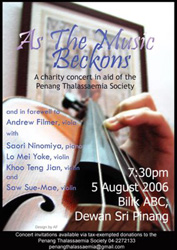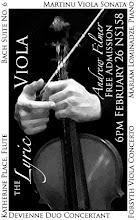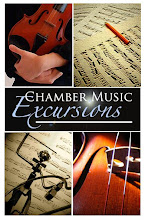1. Cutting the phrase short out of worry of starting the next phrase.
2. Always ending a phrase with the bow on the string.
3. Ending a phrase too high in the bow (for downbows).
4. Starting the next phrase too low in the bow (for downbows).
Now of course these are general observations and there are many exceptions depending on the musical context. However, here are some basic ideas:
1. Many phrases, like spoken sentences in Western languages, have a gentler ending. Some of course, do not always have to have such an ending, and a clear example is the opening three notes of Bach's E major concerto:

which technically is a motif/motive and not an actual phrase, but still uses some of the same ideas we are discussing.
Most recordings (Kennedy, Kremer, Grumiaux) will have a bold and strong movement throughout this section - one artiste who has tried something different is Viktoria Mullova, who actually does a diminuendo through the three notes. No matter which choice one chooses to make, the bow should not entirely stop the sound of the violin by remaining on the string after the third note, but rather let it ring out and resonate. I personally would play it off the string, but another option might be just to use bow pressure (see No. 2) - in whichever case just ensure that the bow doesn't press down and stop the string from vibrating.
Why do we like to stop the sound with the bow on the string? Most of the time it is the security of starting the next note, but if you look at the example above, that means that one would be stuck in the upper part of the bow - not the best place for tone production for this section.
2. Let's take the last bit of that section in more detail:

Which will really help us deal with the ending of a phrase (or a phrasal fragment). If we use too much bow for this note (and for all of the first three notes), we will end up at the tip of the bow - so the first thing to do is to make sure we have control over the bow speed.
Many times we may want to have a graceful sound for this note, sort of like a diminuendo within the note to get some tone colour. If this is the musical choice that one wants, then try to get the same effect without having to use too much bow - in fact one may find that the effect will be better with less bow.
In the older school of violin technique, teachers used to get students to move away from the bridge to get this effect. The more modern approach is to try to avoid this, or at least not to use only this, but rather concentrate on bow weight (or as is commonly and mistakenly named, bow pressure).
3. Hopefully we now have a good ending to that little sub-phrase. The next challenge is what to do with the next phrase.Here we have to check where in the bow we want to start this. We don't want to just continue where the last note ended, because that would be too high in the bow. The next note is a downbow but that doesn't mean that it has to start all the way at the frog. It should be lower in the bow, for sound quality in this particular case, but in down bows can start anywhere in the bow depending on the different contexts of different selections of music.
So in this little rest we have to move the bow to a new place. Here are some suggestions as to how to make it a smooth transition:
a) Move the bow more horizontally (in a straight line) rather than vertically (in a big circle).
b) Some times the speed which you need for an uptake is faster than seems musical - that's just something to get used to, or perhaps a warning sign that the last note or the next note may be in the wrong part of the bow. Check your bow speed.
c) In order to avoid "crunching" the next note, the uptake should have more than one speed - in other words, a really quick uptake but leaving a split second of slowing down as you approach the string. If you want to start the next note on the string, then the uptake must be even quicker.
This last suggestion seems to ask a lot for such a short rest, and indeed it is much to do, which just goes to show how many things happen in music when there is supposed to be no sound.
Remember though, that in this section the uptake should be no more than a couple of inches, say 6cm or so. Once again, if you are moving more than that, then you may want to check your bow speed.
Here's to phrasing, the foundation of all things musical.








1 comment:
I just want to say that, as an amateur violist who had his last lesson at 19 (almost twenty years ago) and now plays in a local orchestra for pleasure, your Violin Postings are invaluable technical guides which help me in my attempts at practising. They're set out in such a 'user-friendly' fashion. Please keep them going! {Have you ever thought of publishing them in a book?]
Post a Comment